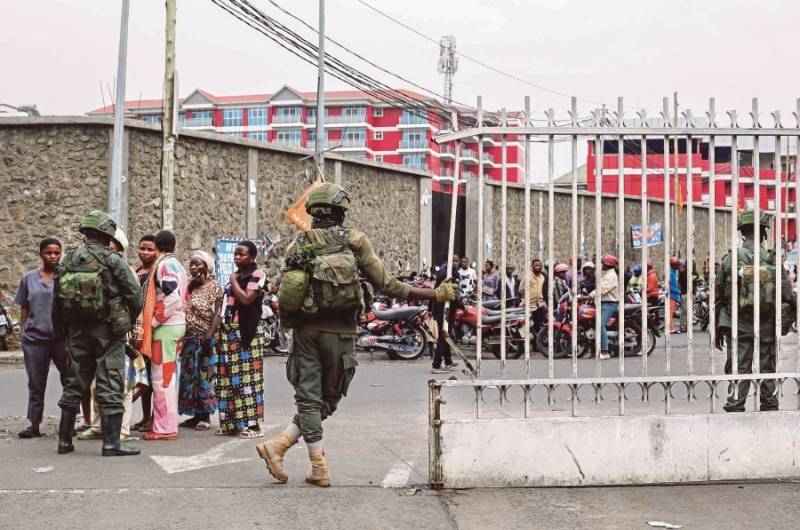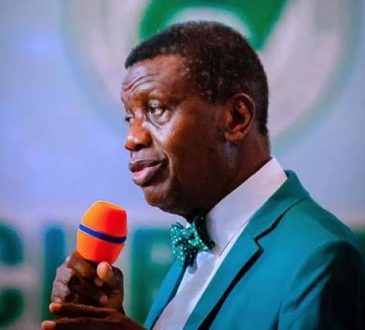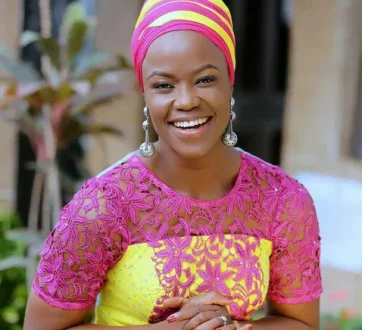A City Drenched in Tragedy: Goma’s Death Toll Rises Amid Rebel Takeover

The once-bustling city of Goma, nestled in the heart of the eastern Democratic Republic of Congo, has become a graveyard. Nearly 3,000 lives have been lost in what the United Nations describes as a harrowing chapter of unchecked violence following the city’s capture by the rebel coalition Alliance Fleuve Congo (AFC). As bodies pile up and the streets echo with the cries of the bereaved, a silent horror unfolds, drawing a chilling parallel to the country’s long history of bloodshed and political betrayal.

The Numbers Tell a Grim Story
Vivian van de Perre, deputy head of the UN mission in DR Congo, painted a macabre picture during a recent press briefing. “So far, 2,000 bodies have been collected from the streets of Goma in recent days, and 900 remain in the morgues of the city’s overwhelmed hospitals,” she stated, hinting at an ever-growing death toll. The reality is even more gruesome—many bodies still lie decomposing in abandoned streets and homes, unnoticed casualties of a conflict that continues to spiral.
The AFC’s announcement of a ceasefire on Tuesday was met with skepticism, and for good reason. The Congolese government dismissed it as “false communication,” as reports of continued fighting emerged from the embattled South Kivu province. In truth, the ceasefire appears to be a cruel mirage, a tactical move to tighten the rebels’ grip while offering false hope to those clinging to the last vestiges of stability.
The Geopolitical Quagmire: A Proxy War Unfolding?
The conflict in eastern DR Congo is not simply a localized rebellion—it is the manifestation of a geopolitical power struggle entangled with ethnicity, resource exploitation, and foreign intervention. Rwanda stands at the center of this controversy, accused by Congo, the United States, and UN experts of backing M23, the dominant faction within the AFC coalition. Rwanda’s denials hold little weight against mounting evidence of its involvement, including the presence of Rwandan missile systems and military personnel in eastern Congo.
President Paul Kagame’s cryptic statement—claiming he “does not know” if Rwandan military forces are in Congo—only fuels suspicion. Whether direct or indirect, Rwanda’s role in the insurgency reflects a long history of cross-border interference, exacerbating Congo’s fragile security situation.
A City Under Siege: The Collapse of Order
With the fall of Goma, rebel forces have cemented their control over North Kivu, a region rich in rare minerals like coltan—essential to the global technology industry. The rebels have made it clear that they have no intention of stopping. M23 leader Corneille Nangaa has publicly declared, “We are going to fight until we get to Kinshasa.” His chilling words underscore the depth of their ambition: to topple the Congolese government and reshape the nation’s future.
Meanwhile, Bukavu, the capital of South Kivu province, now teeters on the brink. As rebel forces move closer, fears of another humanitarian catastrophe mount. The potential loss of Bukavu’s Kavumu airport—a critical civilian and humanitarian hub—could have devastating consequences, further limiting aid efforts and intensifying the suffering of displaced populations.

The Price of a Nation’s Wealth: Resources and Ruin
At the core of this conflict lies a grim reality: Congo’s wealth is both its greatest asset and its curse. The rare minerals buried beneath its soil have long attracted warlords, foreign powers, and corporate interests, each seeking to carve out a stake in its riches. The involvement of Rwanda, and by extension other global players, suggests that this is no longer just Congo’s war—it is a conflict driven by economic greed masked as political upheaval.
The history of mineral exploitation in Congo is well-documented, with multinational corporations and armed groups profiting from the chaos. The parallels to past resource-driven conflicts in Africa are evident, making the fall of Goma a stark reminder that in the race for control over Congo’s minerals, the biggest casualties are its people.
A City in Chains: Humanitarian Catastrophe Unfolds
For the people of Goma, survival is now the only objective. Van de Perre’s grim acknowledgment that “all exit routes from Goma are under their control” leaves little doubt that the city has become a cage for its remaining residents. The closure of the airport, combined with M23’s stranglehold on movement, means that humanitarian relief is at the mercy of rebel leaders.
Nearly 2,000 civilians have taken refuge in UN peacekeeping bases, but their safety remains precarious. The UN has sounded the alarm over the dire conditions, but with the international community largely preoccupied with other global crises, Congo’s plight risks being buried beneath more politically convenient narratives.
The Unfolding Tragedy: What Comes Next?
As rebel forces consolidate their gains and push toward Bukavu and possibly Kinshasa, the future of the DR Congo hangs in the balance. Will the government muster a credible counteroffensive, or will international forces intervene to prevent further destabilization? The ghosts of past conflicts loom large, and the lessons of history warn that inaction will only breed further catastrophe.
Goma’s fall is not just another chapter in Congo’s troubled history—it is a siren call for urgent global action. The question remains: will the world listen, or will it once again allow the cries of the Congolese people to fade into the abyss of forgotten conflicts?
News Culled from: CNN




